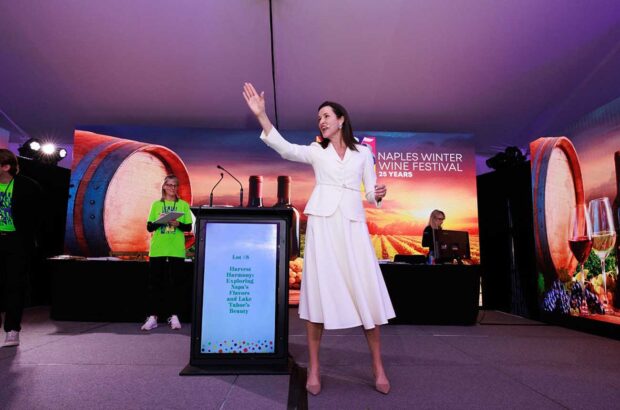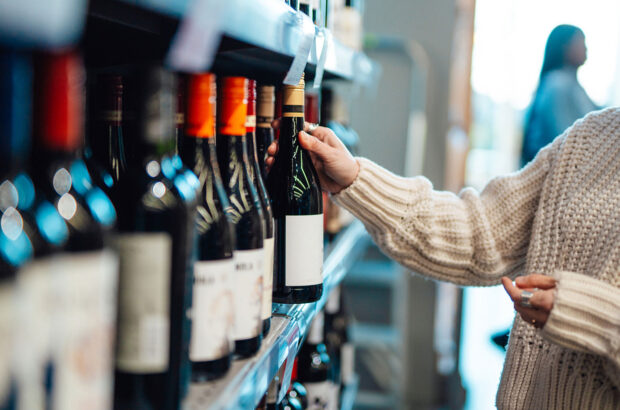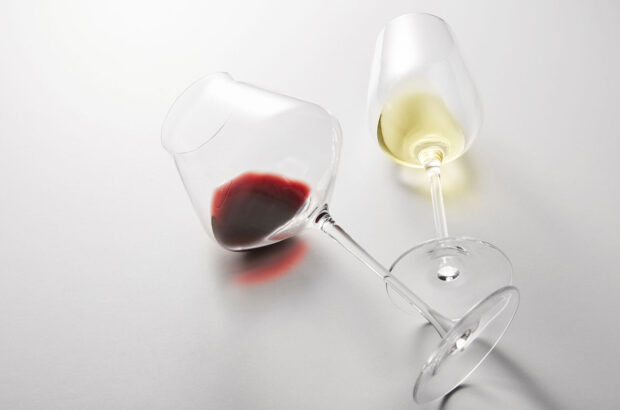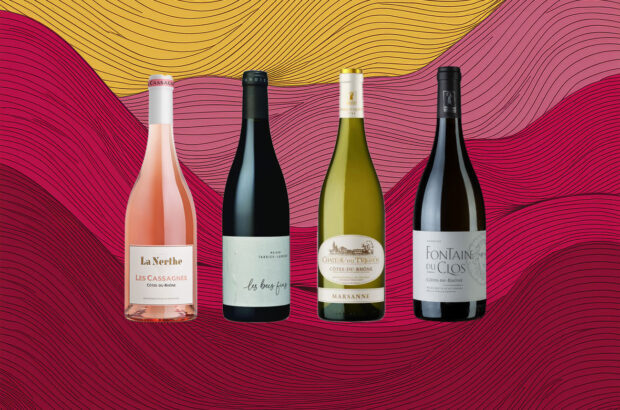Fronsac and Canon-Fronsac are clawing back their former glory, with many wines that now compete with top-class St-Emilion. JAMES LAWTHER MW looks at the 2000 vintage.
There’s an air of hidden secrets about the wines of Fronsac and Canon-Fronsac. Wine lovers in the know are aware that the best wines here stand shoulder to shoulder with those of more exalted name and status. Yet it is this difficulty of recognition in the market place that grates with producers in these Bordeaux appellations.
These are Right Bank wines in every sense. West of the town of Libourne, Fronsac and the tiny enclave of Canon-Fronsac are bounded to the east by the river Isle and to the south by the Dordogne. Only the higher ground is delimited, the flat alluvial river terraces reserved for generic Bordeaux. The soil structure is mainly clay and limestone on a bedrock of limestone-clay-sandstone known as molasse de Fronsadais. Consequently, the main grape variety is Merlot.
Comparisons with neighbouring vineyards are inevitable and in this respect it is easier to turn to St-Emilion, especially the wines produced on the limestone plateau around St-Christophe des Bardes and St-Etienne de Lisse. But it’s really only in the last 10–15 years that advances in the vineyard and cellar have permitted the gap between Fronsac and St-Emilion to be closed.
Indeed, as a result of the progress and investment made over the last decade, wines from 2000 surpass the 1990s and 1995s, and have a similar structure to the 1998s. The best wines from 2000 are easily on a par in terms of quality and price with the better St-Emilion grands crus.
Individual parcels in Fronsac need careful management to avoid the old accusation of astringency and rusticity in the wines. ‘We have the power and concentration but this has to be domesticated to provide more elegance,’ says Vincent Dupuch, owner of Château Tour du Moulin.
The tools applied include better canopy management, green harvesting, a later harvest, selection, temperature control and more barrels for ageing. This extra investment has, of course, led to an increase in price.
Repeating history
In the 18th and early 19th centuries the wines of Fronsac were more expensive than those of St-Emilion. Then, when phylloxera set in, the hillside sites were abandoned and the river plain used instead, with the accent placed on quantity rather than quality. Fronsac disappeared into obscurity.
It has been a hard struggle back. The first glimmer of a renaissance came in the late 1970s with the arrival of a more motivated generation at certain family domaines. Jean-Claude Gaudrie at Château Villars and Jean-Noël Hervé at Château Moulin Haut-Laroque were two of the early pioneers and their domaines remain among the best.
In the 1980s there was investment also from outside. Négociant Jean-Pierre Moueix purchased a number of properties including Châteaux La Dauphine and Canon de Brem. Consultant oenologist Michel Rolland arrived at Château Fontenil, and Americans Colin Ferenbach and Peter Sachs acquired Château La Vieille Cure. Other influential figures arrived in the 1990s including négociant Jean Leprince at Château de la Rivière and Patrick Léon, technical director for Mouton-Rothschild, at Château Les Trois Croix.
More recently Château du Gaby was purchased by Englishman Antoine Khayat and is steadily being restored to its former glory. The major news, though, has been the sale of the Moueix properties in December 2000 to Jean Halley, a member of the family that controls the Carrefour supermarket chain, and his t4.5-million investment in new winemaking facilities. Asked why he decided to pull out of Fronsac, Christian Moueix cited four principal reasons: the cost of meticulous cultivation outweighing retail price, the unoccupied 18th-century château at La Dauphine, the personal desire to focus on St-Emilion and Pomerol – and a generous offer from Jean Halley.
Despite the absence of the Moueix name the change seems to bode well for Fronsac as Jean Halley is creating two serious locomotives with La Dauphine and Canon de Brem.
But Bordeaux négociants have been reluctant to lend a hand selling the wines. As a result a group of producers banded together to form the association Expression de Fronsac in 1988. ‘The idea was to unite people with the same ambition and to convince the négociants to take an interest,’ says Jean-Noël Hervé.
The group is now followed by the négociant trade. But it hasn’t happened for everyone. Despite the quality of its wine, Château La Vieille Cure was ignored by négociants, so the owners developed their own market. Unfortunately, there’s still a hierarchy in Bordeaux and despite the quality of the wines, this continues to be a stumbling block.







